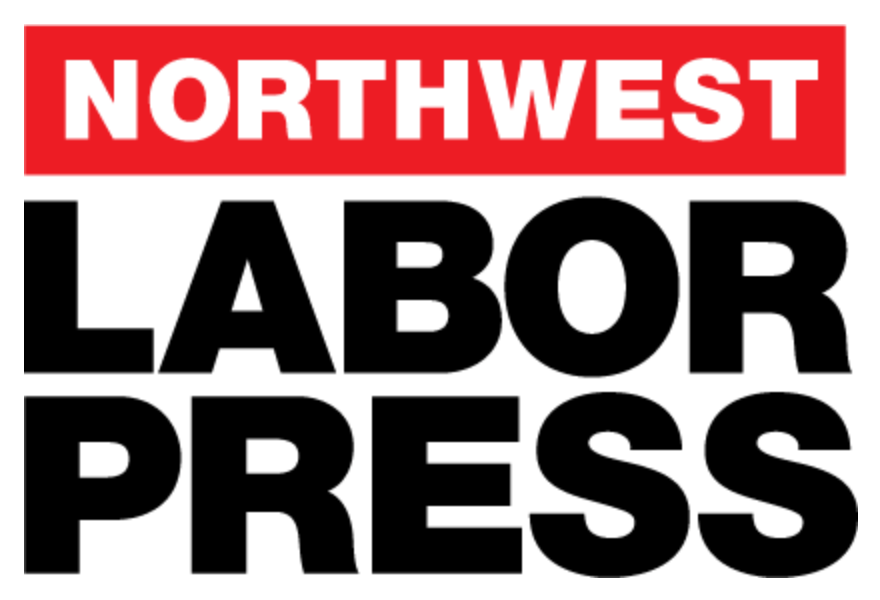The biggest public construction project in decades for the Portland metro area may break ground as soon as late 2025, according to the latest estimates from planners at the Interstate Bridge Replacement (IBR) project. IBR is the current incarnation of plans going back more than two decades to replace the aging Interstate 5 bridge over the Columbia River.
“The Interstate Bridge Replacement program is actually a misnomer,” said IBR program administrator Greg Johnson at a May 7 “Industry Day” for businesses that may bid on work. “This is a five mile modernization corridor that takes in seven interchanges. It has a very large bridge in the middle but also has probably 39 or 40 other bridges associated with it. Some of the work on interchanges is going to be as complex and as costly as the bridge itself. We also are building a light rail extension.”
Timelines for construction stretch to 10 years, and the latest cost estimates put the price tag at between $5 billion and $7.5 billion. Oregon and Washington have committed $1 billion each, the federal government has awarded $600 million so far, and future tolling of users would enable the issue of $1.2 billion to $1.5 billion in bonds. Project leaders hope to get another $2 billion in federal funding from a variety of highway and mass transit grant programs.
The project is of national, not just regional importance. I-5 is the only highway running from Canada to Mexico, and the bridge where it crosses the Columbia River is the only lift-span along that 1,381-mile length. The current bridge consists of two spans, one completed in 1917 and resting on wooden pilings, and other one finished in 1958. Neither is expected to survive a big earthquake such as the one predicted for the Cascadia subduction zone, which could reach 8 to 9.2 on the Richter scale. The bridge is also narrow, and with 140,000 vehicle crossings a day, that narrowness contributes to 10-12 hours of traffic congestion daily, made worse when the bridge must go up to let maritime traffic pass.
It’s still undecided whether the replacement bridge will also have a lift span; the decision pits two sets of interests against each other — maritime shippers who want the bridge to be high enough for ships to pass underneath, and small aircraft owners who need the bridge to be low enough to not be in the flight path for Vancouver’s Pearson airport, which is less than half a mile east of the bridge. The bridge’s current towers, which operate the lift span, are 178 feet high, and therefore in that flight path, but the bridge was built before the airport, before commercial aviation in fact. To compromise between the two sets of interests, planners are looking at a bridge that will be 116 feet above the river.
Several major steps remain before work can begin.
Johnson said project leaders hope to wrap up the required draft supplemental environmental review this year and then get approval and a “record of decision” from the federal government likely next year.
At that point, some preliminary work could start as soon as the end of 2025, specifically demolition of an Oregon Department of Transportation building on Hayden Island. The new bridge will be constructed 100 to 200 feet downriver from the existing bridge. After it’s operational, the old bridge would be demolished because piers for the new bridge will be fewer but offset from the old bridge pier locations, so leaving the old bridge up would be an obstruction for shipping.
Construction of the bridge itself is expected to take five to six years, and the project overall is expected to various components will last up to a decade.





This is another insane road project. By the time it is completed if we are still growing the population and our consumer car culture with it , the entire place will be a bigger traffic jam, and we will need a second super highway bridge and interconnections maybe outside the metro area.